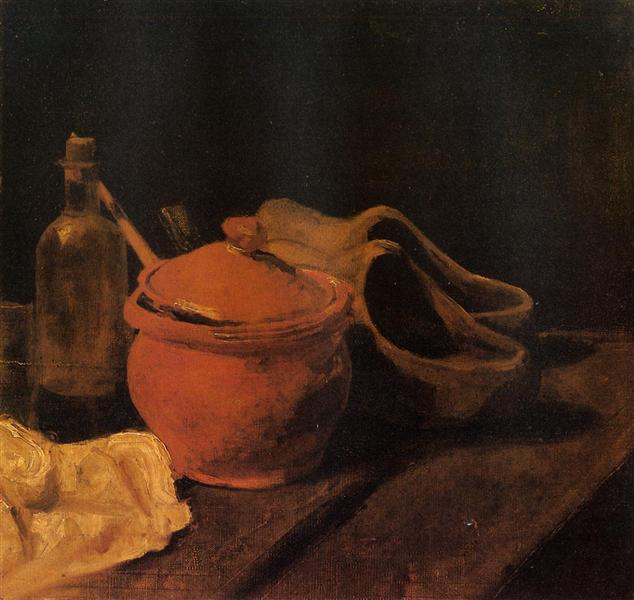
Spiritual Sunday
I’ve been reading a Jane Hirshfield article in Poetry Foundation where she selects and comments on 22 examples of “spiritual poetry.” The subject was challenging, she says, because she finds all poems to be spiritual:
The root of “spirit” is the Latin spirare, to breathe. Whatever lives on the breath, then, must have its spiritual dimension— including all poems, even the most unlikely. Philip Larkin, Sylvia Plath, William Carlos Williams: all poets of spiritual life. A useful exercise of soul would be to open any doorstop-sized anthology at random a dozen times and find in each of the resulting pages its spiritual dimension. If the poems are worth the cost of their ink, it can be done.
It so happens that my friend Sue Schmidt recently sent me a Hirshfield poem that makes her point. If we pay attention, we will find light in even small everyday objects. It is up to us to meet that light “completely”:
Each time,
the found world surprises—
that is its nature.
If we pay attention, we will find ourselves saying what lovers from time immemorial have said: “What fools we were, not to have seen.”
Meeting the Light Completely
Even the long-beloved
was once
an unrecognized stranger.
Just so,
the chipped lip
of a blue-glazed cup,
blown field
of a yellow curtain,
might also,
flooding and falling,
ruin your heart.
A table painted with roses.
An empty clothesline.
Each time,
the found world surprises—
that is its nature.
And then
what is said by all lovers:
“What fools we were, not to have seen.”

